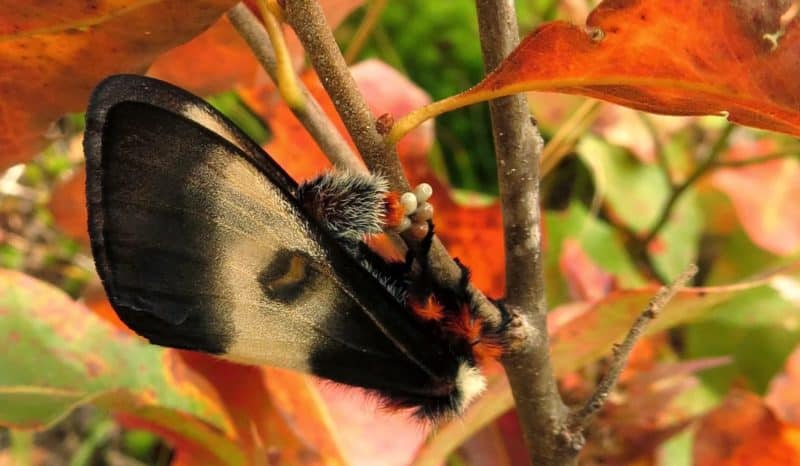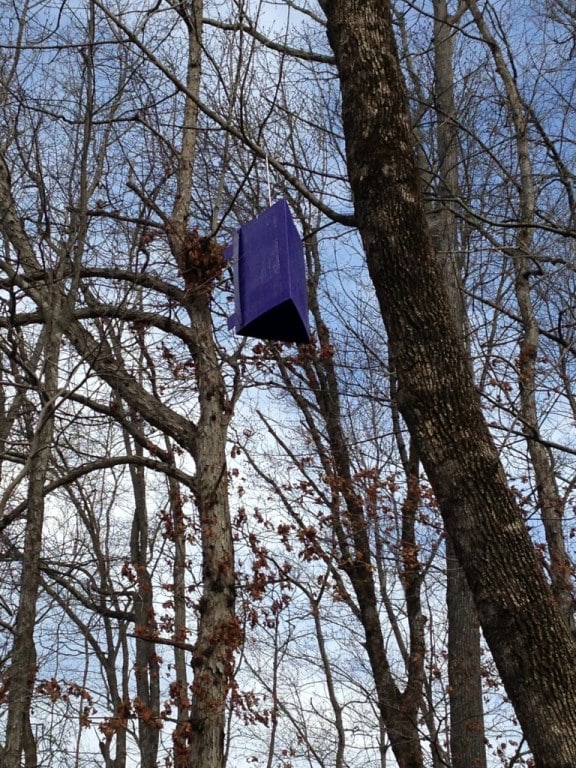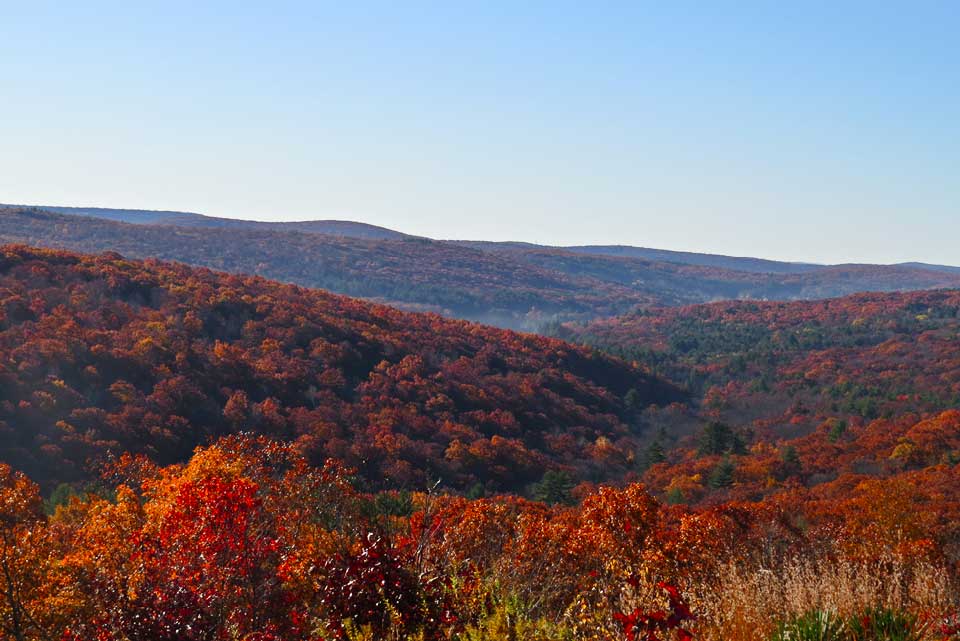It’s been awhile since I’ve blogged…must be spring!
Lots of things are happening outside, every day brings a new sign that spring has arrived. Daylight is more plentiful, buds are swelling, amphibians moving and birds returning. One bird that has turned up along the trails this week is somewhat of an oddball: the American Woodcock, aka timberdoodle, mudbat or bogsucker.
The American Woodcock is a shorebird, related to plovers, terns, oystercatchers and gulls, in the order Charadriiformes. The American Woodcock is also a migratory game bird, with a season set in late October. These chubby birds are about 10 or so inches long and so well camouflaged that on more than one occasion I have feared that I stepped on the bird before it flushed. As its name(s) suggest, this bird prefers to putter around the woods, preferably near wetlands, and stick its fleshy beak into the soil in search of earthworms.
Tis the season to go out at dusk, find a nice shrubby section of woods (that early successional habitat previously mentioned in this blog) near a source of water, and park yourself near a shrub (watch out for the invasive multiflora- ouch!). Set yourself up so you are facing west, so your silhouette blends into your shrub and you can see the sunset. Now wait.
As the sky darkens, listen for the “PEENT” of the woodcock. Try and locate the male so you can see his dance. He’ll continue to “PEENT” over and over again and eventually, he will fly up high, high, high in the sky and then flutter back to his spot. This is where facing west helps, as you can see the bird fly with the dimly lit sky as a backdrop. As they descend, a high-pitched fluttering noise is made by his wings. Then the process starts all over again.
If you are lucky enough, you may hit the jackpot with multiple males doing the amusing walk of the woodcock. Even if it’s only one it’s a rite of spring, and a treat, in spring to see this funny little bird do his dance.



